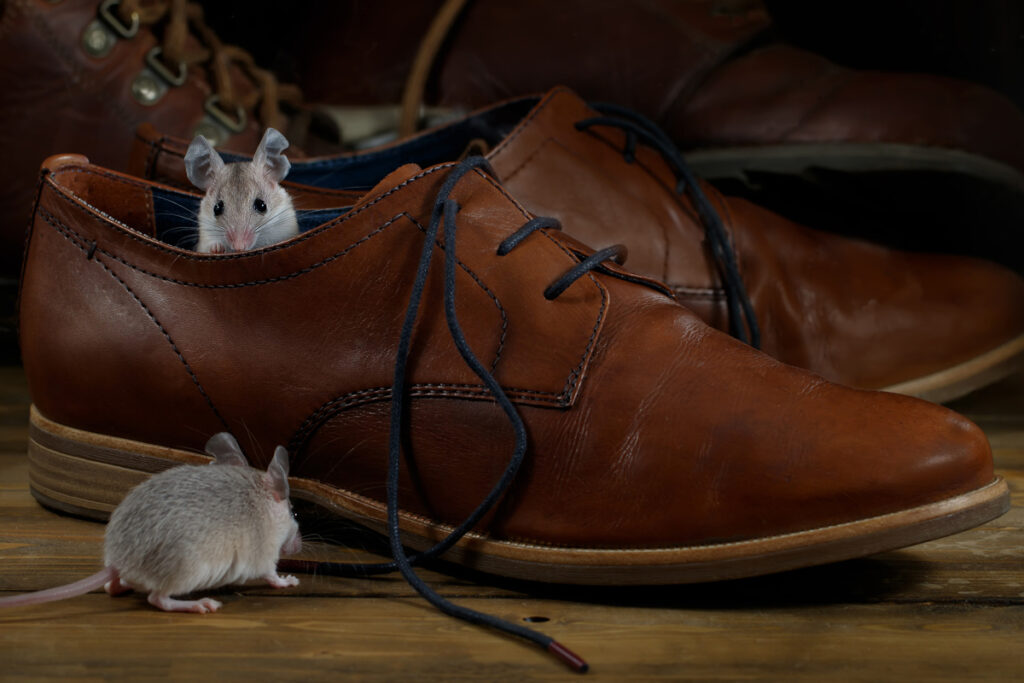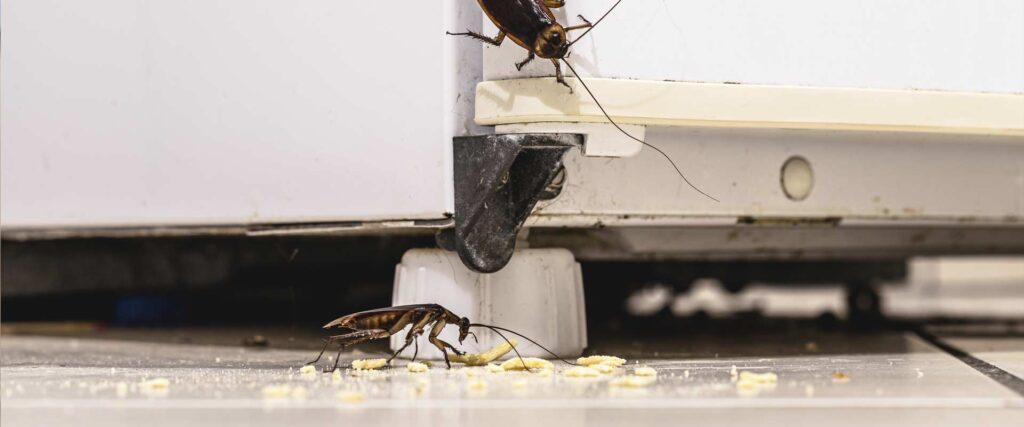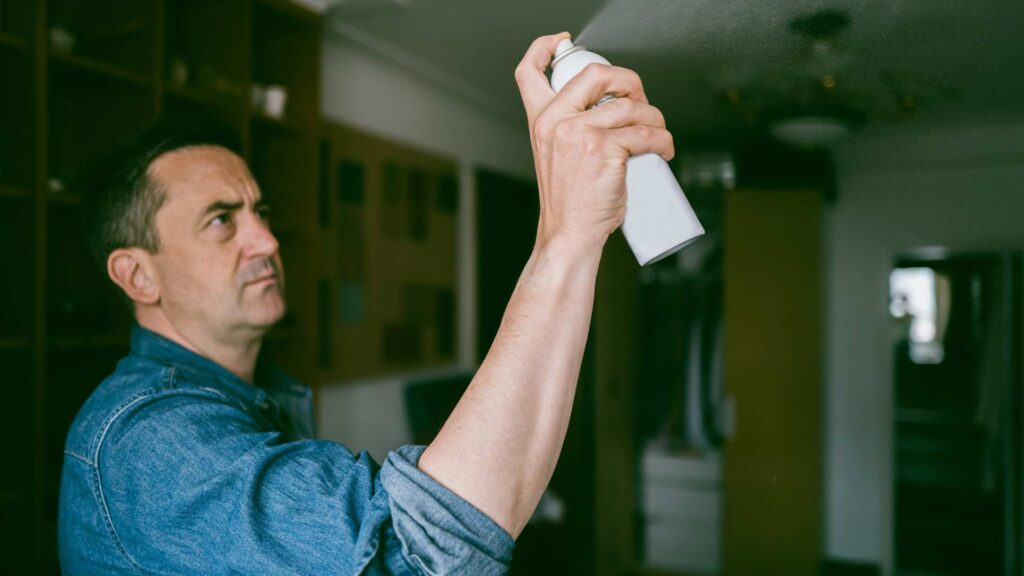The quiet rustling in the dark, tell-tale droppings in corners, gnaw marks on furniture or cables; these signs often herald the unwelcome arrival of a common household nuisance – a mouse infestation. As small as they may seem, mice can pose significant challenges for homeowners and businesses alike. They are not merely unwanted guests but can cause extensive property damage, contaminate food, and even pose serious health risks.

Mice are notoriously quick breeders, and their populations can escalate from a few to a full-blown infestation in a matter of weeks. The problem can extend from a few scattered mice in your attic or basement to an all-out invasion throughout your home or business. In addition to causing structural damage to your property, mice are carriers of various diseases such as Hantavirus, Salmonellosis, and Leptospirosis, which can be harmful to humans and pets.
Given the potential health risks and property damage, dealing with a mouse infestation is not something to be taken lightly or postponed. Timely intervention is crucial in mitigating the effects and preventing the situation from getting out of hand. The key to effective mouse control lies in an integrated approach involving prevention, swift removal, and the use of natural remedies.
Identifying a Mouse Infestation
Identifying a mouse infestation as early as possible is key to containing and eliminating it.
- Droppings – Mouse droppings, tiny, dark, and pellet-like, are typically found in areas where mice have been active – near food sources, along their travel routes, or where they are nesting.
- Gnaw marks – Mice have a constant need to gnaw to keep their incisor teeth in check. If you find gnaw marks on furniture, cables, or food packaging, it could be a sign of a mouse infestation.
- Nesting material – Mice use shredded paper, cloth, or plant matter to build their nests. Finding these materials in hidden or secluded areas might indicate the presence of mice.
- Noises – Scratching, scurrying, or squeaking sounds, particularly during the night when mice are most active, can be a sign of a mouse presence.
- Odor – A strong musty odor, especially in confined spaces, could indicate a mouse infestation.
How to Find Out if You Have Mice in Your House
In addition to the signs above, a few strategic steps can help confirm the presence of mice.
- Use a flashlight to inspect dark, secluded areas where mice may be hiding, such as behind appliances, in cabinets, or in attics and basements.
- Look for tracks or ‘runways’. Mice usually follow the same routes while traveling from their nests to food sources. These tracks may be visible as trails in dust or dirt.
- Use mousetraps. If you suspect a mouse infestation but need confirmation, mousetraps can be an effective tool. If you catch a mouse, you’ll know for certain.
The Risks of Mouse Infestations, Including Diseases They Carry
Mice infestations are not just an annoyance or property damage risk, but a significant health hazard. Mice can carry and transmit several diseases to humans.
- Hantavirus – A potentially fatal respiratory disease transmitted mainly through inhalation of dust contaminated with mouse droppings or urine.
- Salmonellosis – An infection caused by Salmonella bacteria, which can be spread by mice through contamination of food and kitchen surfaces.
- Leptospirosis – A bacterial disease that can be contracted through contact with mouse urine, either directly or in contaminated food or water.
Additionally, mice can harbor ticks, fleas, and mites, which can also transmit diseases. Clearly, a proactive response to any signs of infestation is not just desirable but necessary for the sake of health and safety.




